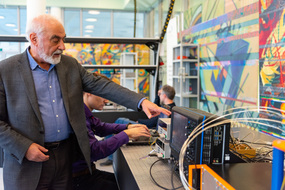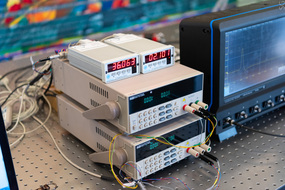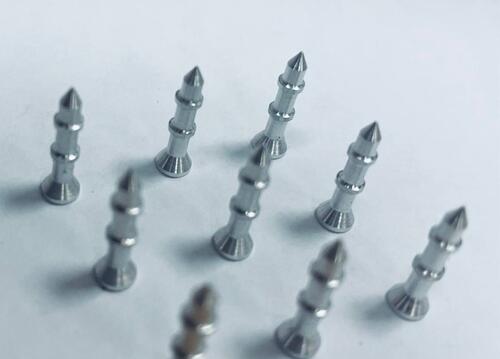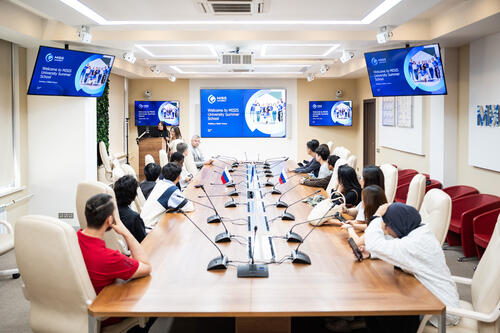Scientists from NUST MISIS National Technological Initiative Center “Quantum Communications” are developing the world’s first prototype of an infrared photon video detector. This will be a camera so powerful that it would be able to track the movement of single particles. The camera will be equipped with a
A photon is an elementary quantum particle of electromagnetic radiation or, in other words, light. If you can track individual quanta of infrared light, you can significantly improve the security of communication lines and the accuracy of measuring devices.
This is not a new idea, as the first attempts to detect single photons were made at the beginning of the 20th century via electronic lamps, photoelectronic multipliers. However, the first devices, due to the weak technological component, worked slowly, sometimes did not work, and sometimes they worked falsely. Then there were semiconductor devices: avalanche photodiodes, which worked better, but only with visible light. A significant breakthrough was made in the early 2000s when the team of Russian physicist Grigory Goltsman founded the company “Skontel”, created a single-pixel photo detector of single infrared photons on superconductors.
Now in 2020, as part of NUST MISIS NTI Center “Quantum Communications”, the team is developing a
“The detector itself is located inside the cryostat at a temperature of only 2 K, which is close to absolute zero. When a photon is detected, it sends a signal to the processing circuit, and an image appears on the display”, comments Grigory Goltsman, Chief Researcher at NUST MISIS NTI Center “Quantum Communications”, founder of “Skontel” company.
Our next step is to get an image of 1,000,000 pixels from a matrix of 1000 pixels. You can “open” one pixel at a time, as in old TVs, but this will be a very slow process. Therefore, to further scale the resulting image, scientists apply special patterns.
“There is a way to speed up the process: open pixels in groups. For this purpose, special stencils are used. You open one pattern, measure how much light hits the detector, then you open the second pattern, and so on”, says Alexander Korneev, Senior Researcher at NUST MISIS NTI Center “Quantum Communications”.
As noted, the final device can be applied in the most high-tech areas: when creating secure quantum communication lines, including satellite communication channels, when designing a quantum, as well as in diagnostic medical devices.





